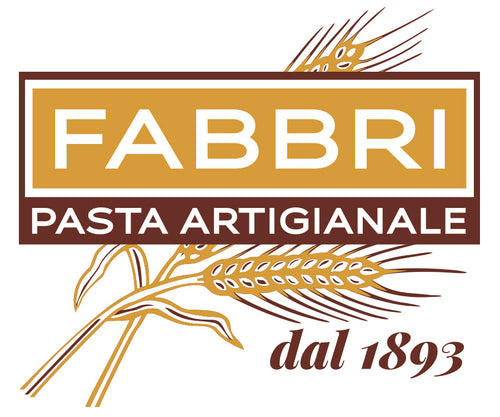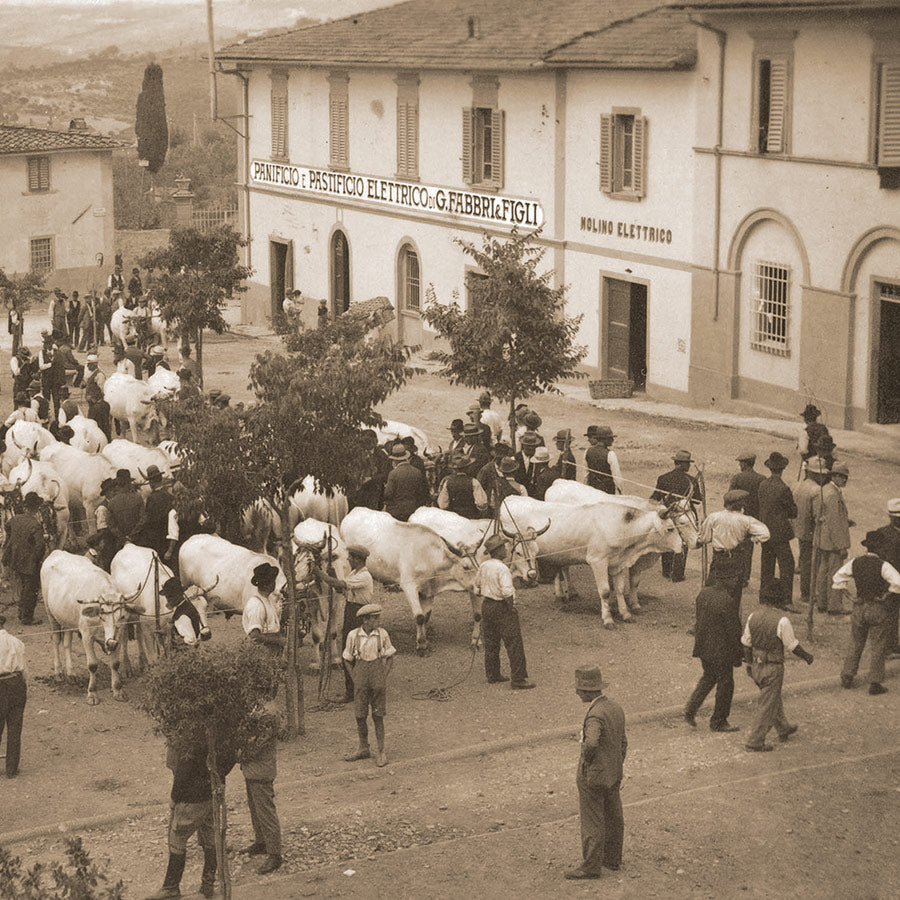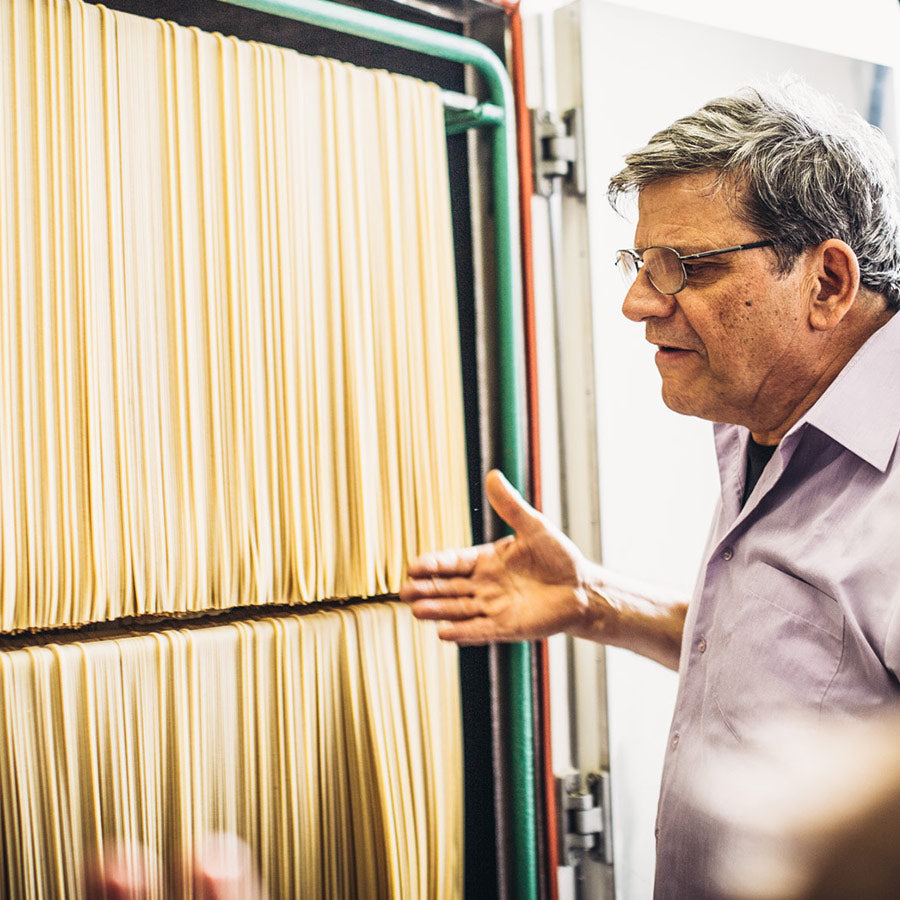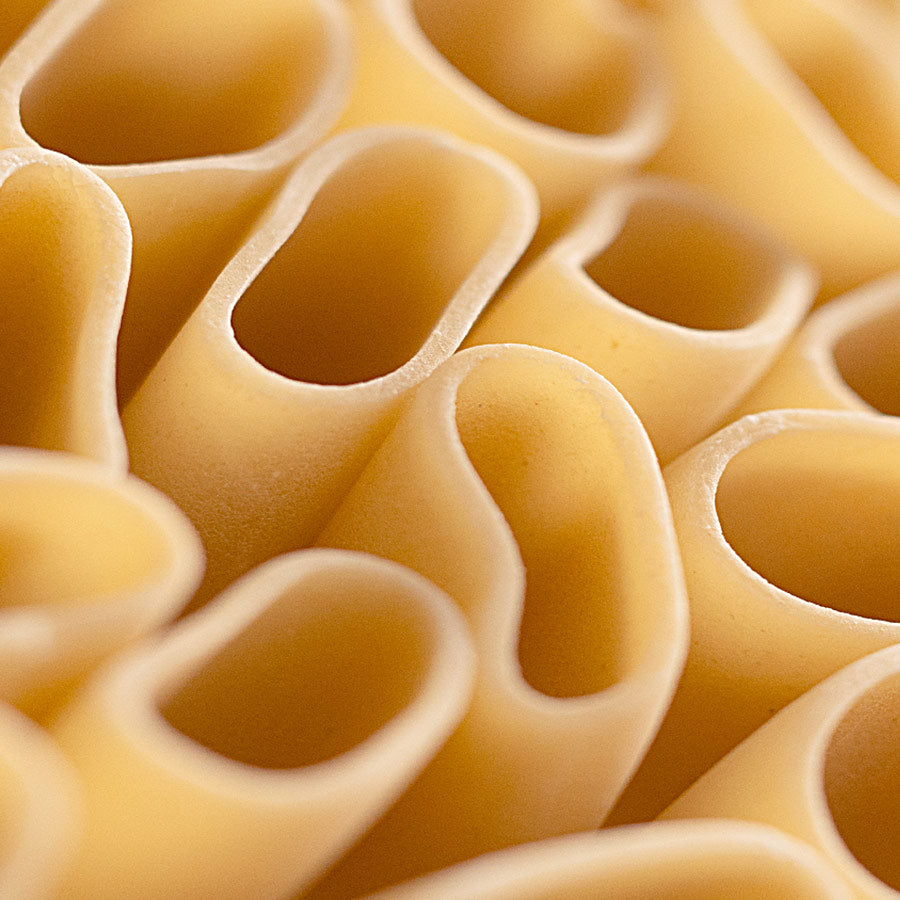Pasta&Pastai: ancient vs. modern grains with Pastificio Artigiano Fabbri

Pasta from ancient grains: high-quality pasta, more digestible and nutritious
Pasta&Pastai No. 169, Year 24 – October 2019 (Download the original article here)
Excerpt from the article:
“Ancient grains are tall (about 110-130 cm, but can reach up to 180 cm), which presents a high risk of lodging – that is, the bending of the spike under its own weight – making mechanical harvesting difficult due to the likelihood of clogging the thresher’s tube. However, they are more resistant to weeds compared to modern varieties. Modern grains, on the other hand, are shorter (70-100 cm), less prone to lodging, and better suited for mechanical harvesting, characteristics obtained through genetic improvement studies during the Green Revolution. These varieties come from breeding programs that have reduced genetic variability and increased yield per hectare, thanks to the greater and necessary input of nitrogen fertilizers and chemical products.
In the case of cultivating ancient grains, such as Senatore Cappelli, consistent yields can be achieved, but the overall yield is lower due to their genetic variability. However, they are compatible with organic farming methods because they can adapt to environmental conditions without the need for chemical applications.
In pasta made from semolina of ancient varieties, the drying process occurs in low-temperature air cycles, known as “Low Temperature Low Time” (LTLT): temperatures reach 40-50°C, and drying times extend to 20-40 hours for short pasta and 40-50 hours for long pasta. The Pastificio Artigiano Fabbri in Strada in Chianti (Fi) uses even lower temperatures (not exceeding 38°C) and longer drying times (3 to 6 days) to preserve the quality of ancient grain products.
The high temperatures used in industrial pasta factories, typical of conventional processes, can cause protein coagulation/denaturation, issues with bacterial development, and starch gelatinization. With high-temperature cycles (High Temperature, HT), temperatures can reach up to 75°C, and drying times are shortened to 7-8 hours for short pasta and 8-10 hours for long pasta.
At high temperatures, gluten proteins undergo coagulation during the drying phase, resulting in the stiffening of the protein network, which prevents the starch granules from over-swelling and leaking during cooking (thus keeping the pasta “al dente”). With ultra-high-temperature cycles (Ultra High Temperature, UHT), according to more recent techniques, processing times are reduced to 4-5 hours for long pasta and 3-4 hours for short pasta, due to temperatures ranging between 80 and 120°C.
Industrial quality and nutritional quality involve different aspects. It is true that ancient grains have weaker gluten strength, but this characteristic, unfavorable for industry, is not detrimental to health. On the contrary, several in vitro studies show that the high-strength gluten typical of modern grains is less digestible compared to the weaker gluten found in ancient grains.
In terms of protein content, ancient varieties cultivated under organic or biodynamic farming systems, without the use of nitrogen fertilizers (which would increase the protein content), can easily reach 14% protein: a value that many modern grains struggle to achieve.
When pasta is dried at high temperatures, quality improvements are aimed solely at industrial quality (the pasta doesn’t overcook) but not at nutritional quality, as high temperatures damage the proteins and vitamins in the pasta.
Ancient grains, therefore, allow for the production of high-quality pasta, rich in flavor and aroma nuances, more digestible, and more nutritious—elements that modern grains and industrial processes cannot guarantee.















